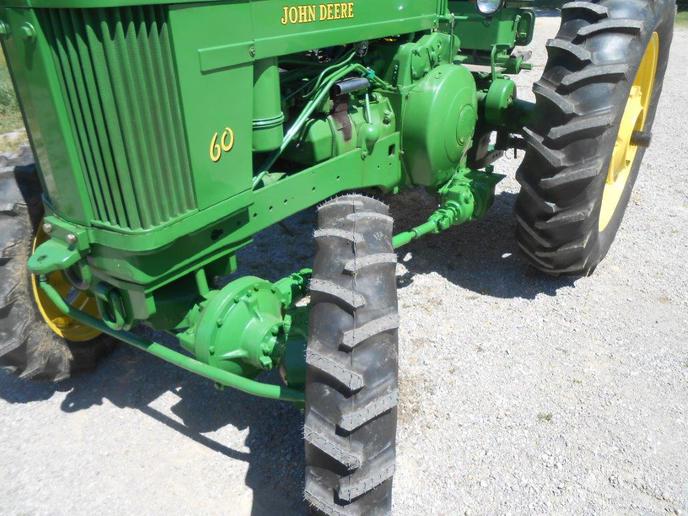DENNIS MIN
Member
All,
Please forgive my ignorance, but if I had a 4 wheel drive tractor/truck, and there was a little slip, would I be better off having the front wheels pulling or being pushed, as far as driveline wrap? This assumes no differential betwixt front and rear axles.
I am of the thinking the front wheels probably should pull a whisker more than the aft can provide. I am calculating the tire size as well as the ratios for getting a good balance.
I am thinking of gravel surfaces, not tar roads.
As a side, I don't know exactly where to put a comma when I type these sort of things.
D.
Please forgive my ignorance, but if I had a 4 wheel drive tractor/truck, and there was a little slip, would I be better off having the front wheels pulling or being pushed, as far as driveline wrap? This assumes no differential betwixt front and rear axles.
I am of the thinking the front wheels probably should pull a whisker more than the aft can provide. I am calculating the tire size as well as the ratios for getting a good balance.
I am thinking of gravel surfaces, not tar roads.
As a side, I don't know exactly where to put a comma when I type these sort of things.
D.


